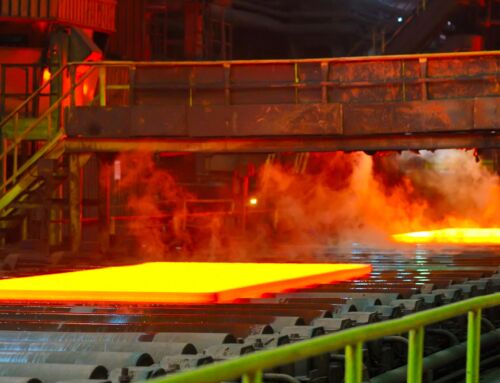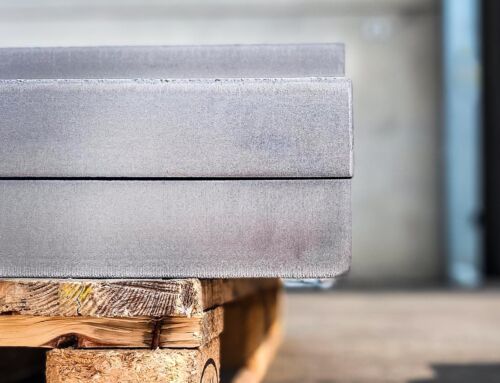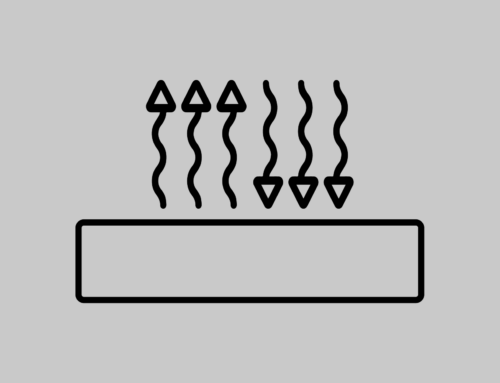Heat treatment of steel is a fundamental practice for obtaining high-quality materials with specific characteristics. This controlled procedure is used to modify the crystalline structures of alloys and metals, with the aim of improving their technological and mechanical properties. In particular, steel must undergo the thermal cycle of heating and cooling to assume specific characteristics that make it suitable for functioning in specific contexts. There are several thermal procedures for treating steel, including annealing, tempering, and normalization.
Annealing, tempering, or normalization are the heat treatments that are most often requested. These treatments involve bringing the material to specific temperatures, keeping it within a certain temperature range, and cooling it at a precise cooling rate depending on the desired treatment and final characteristics of the material.
These thermal procedures offer various advantages in using materials such as steel. For example, annealing allows obtaining greater toughness without compromising the hardness of the metal. Tempering is particularly useful for eliminating the state of tension that some products can maintain after thermal cutting. Normalization, finally, allows working on the hardness of metals and obtaining fine and uniform grains and making them more easily mechanically workable, as well as removing internal tensions such as distortion.
In conclusion, the heat treatment of steel represents a fundamental step in the processing of metals. Thanks to the procedures of annealing, tempering, and normalization, it is possible to obtain high-quality and durable materials that respond to specific needs and uses.







